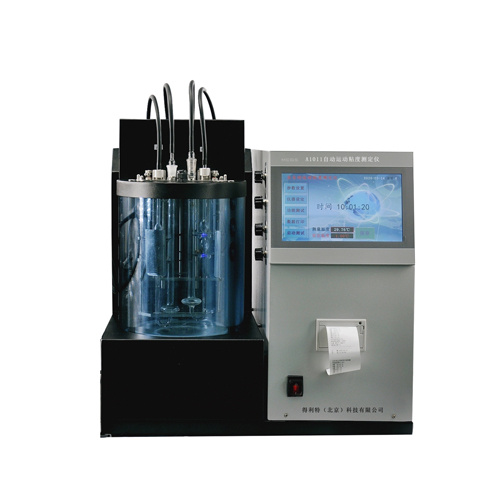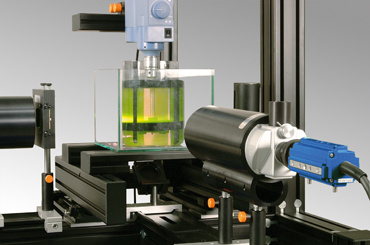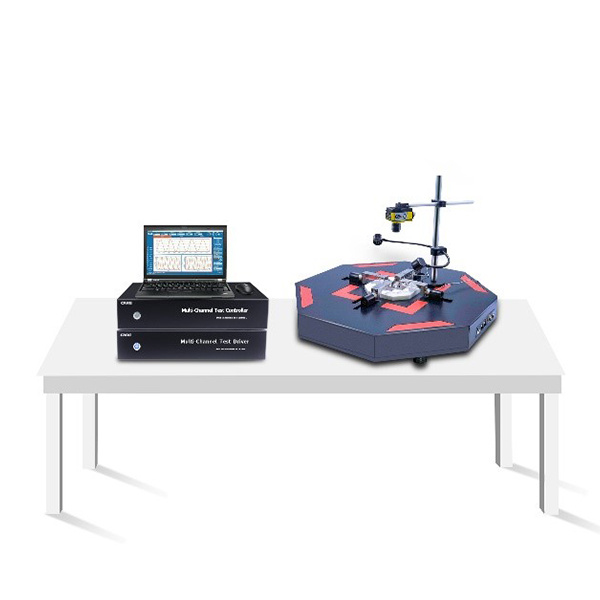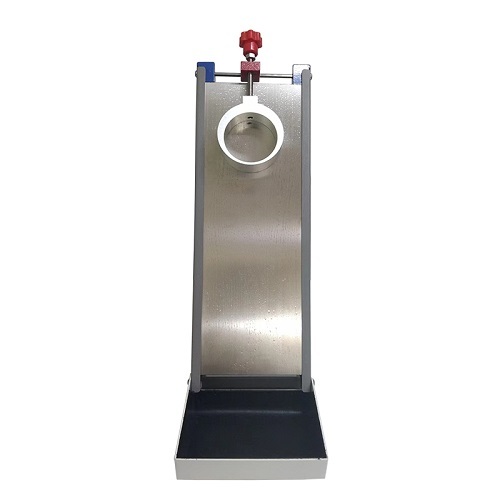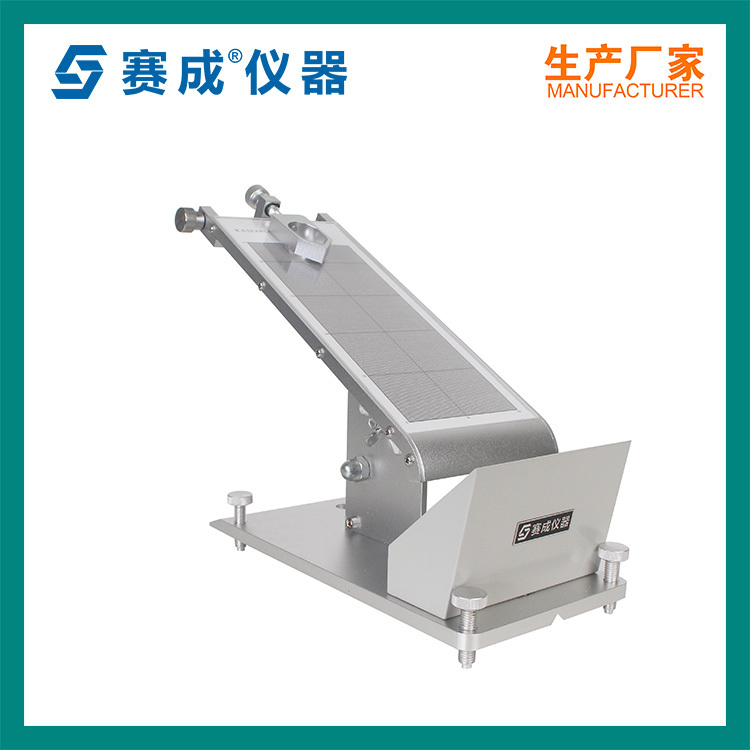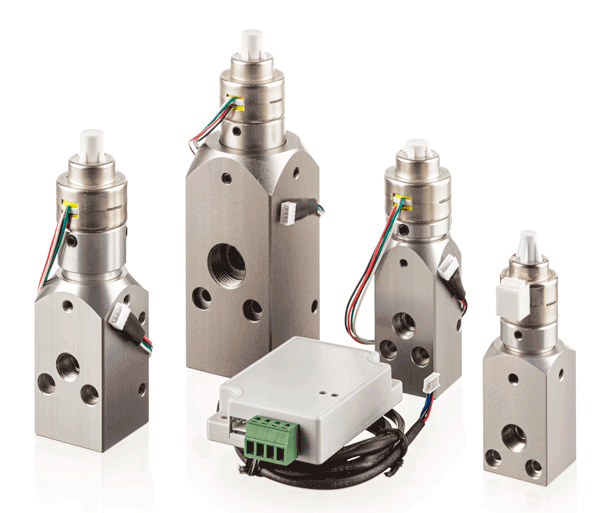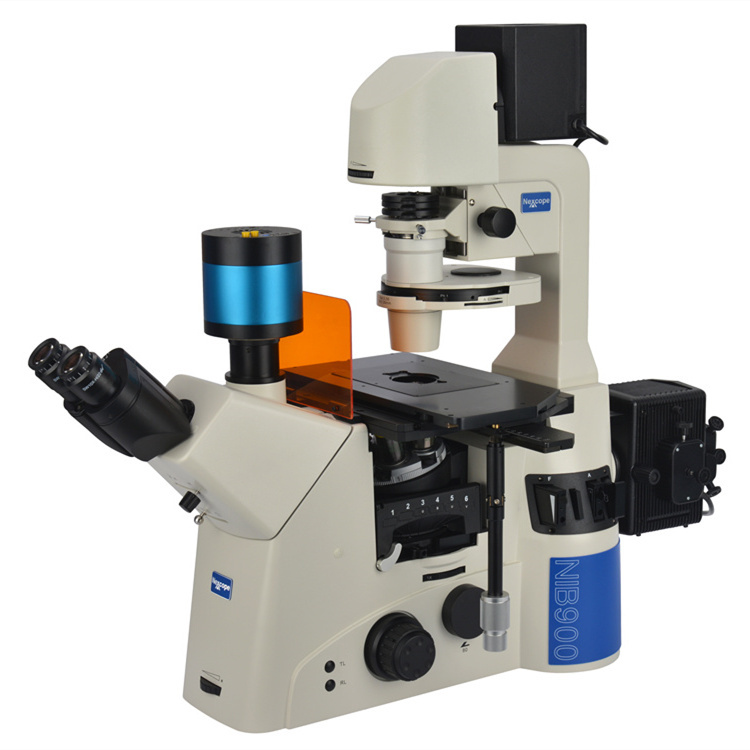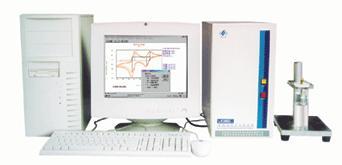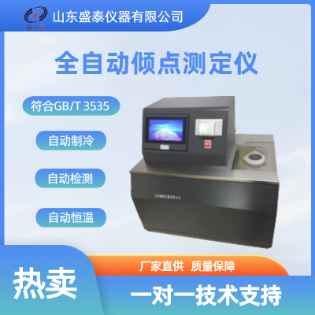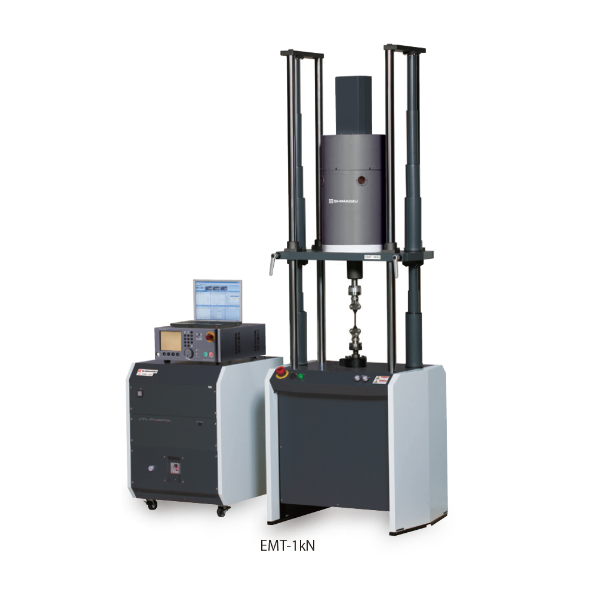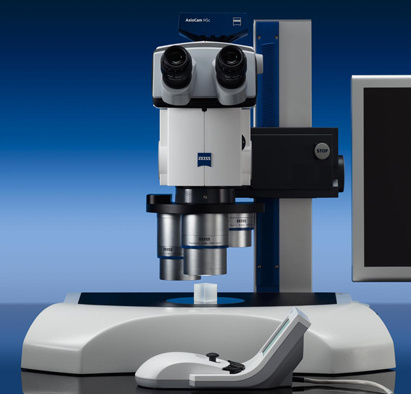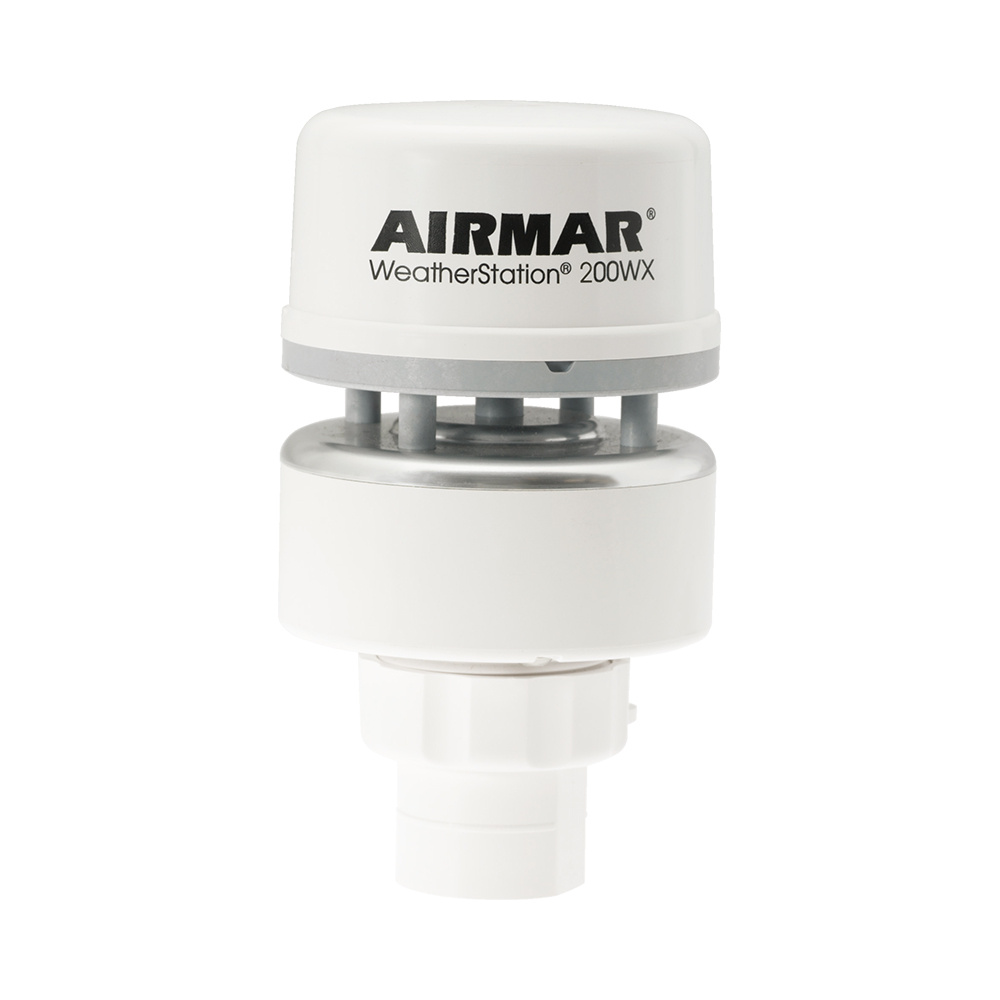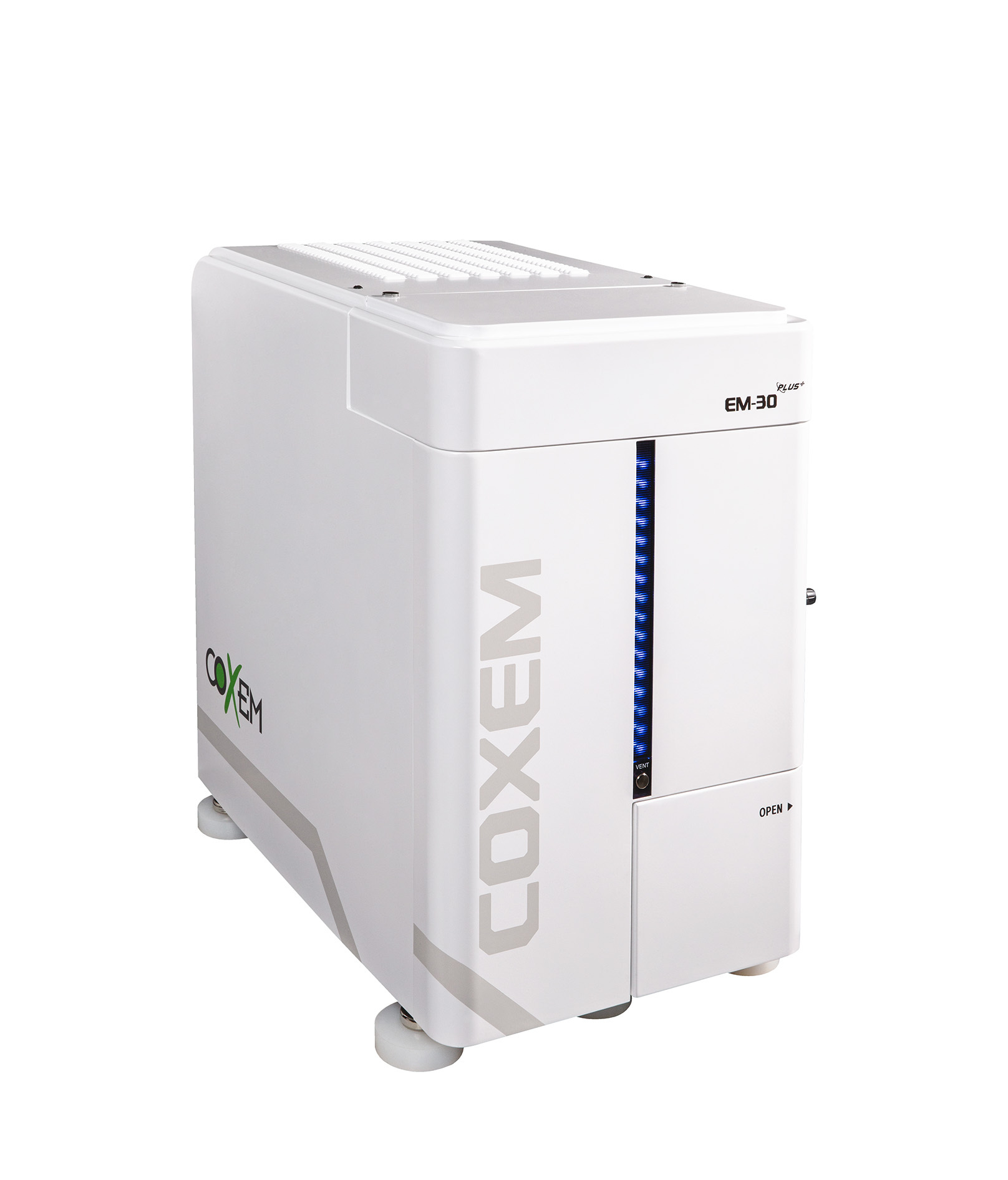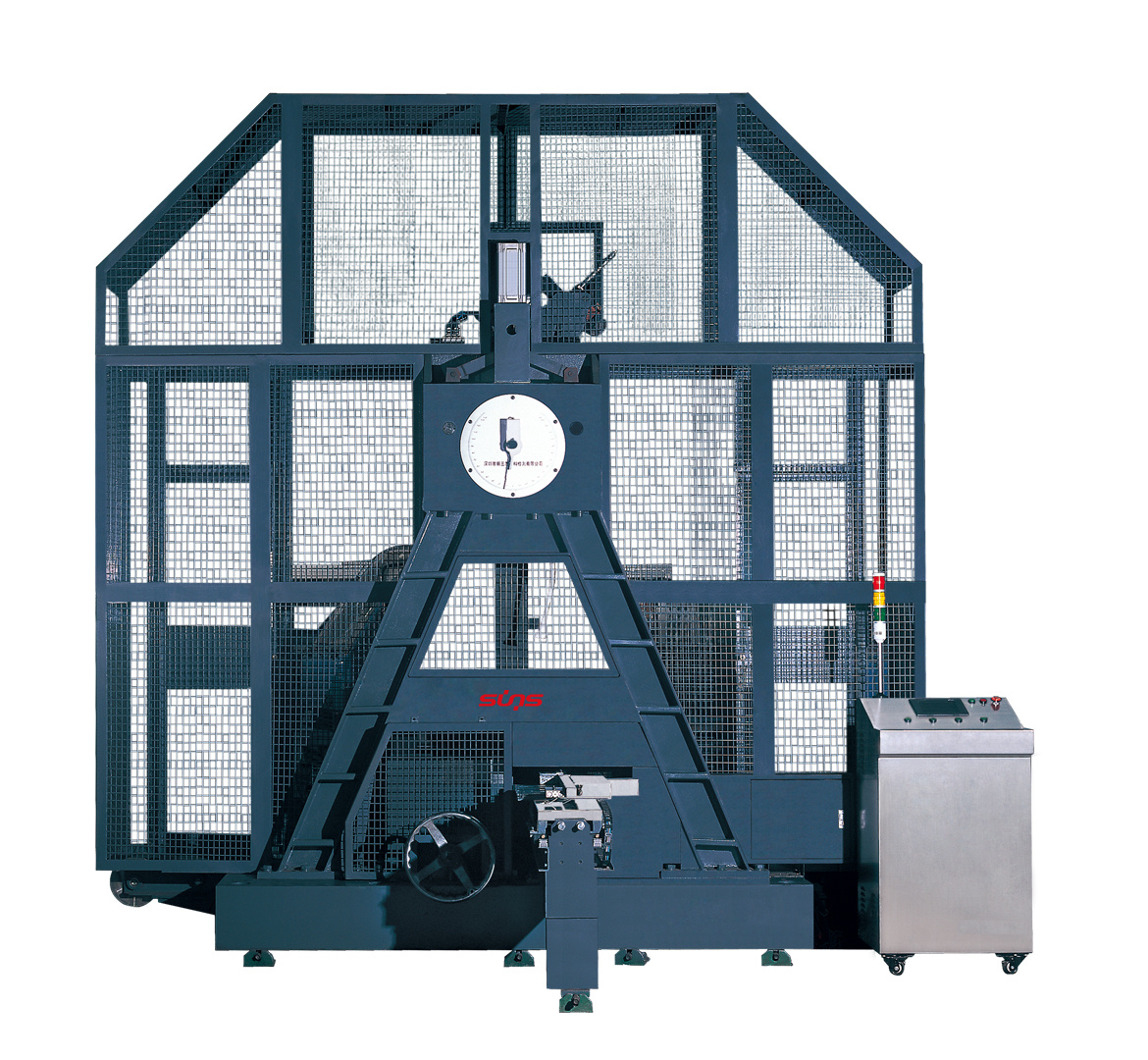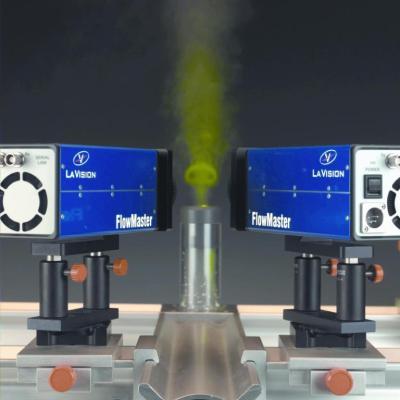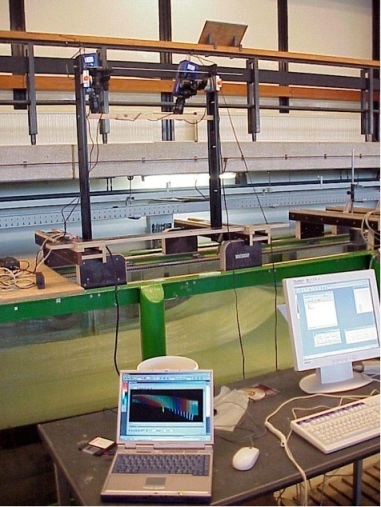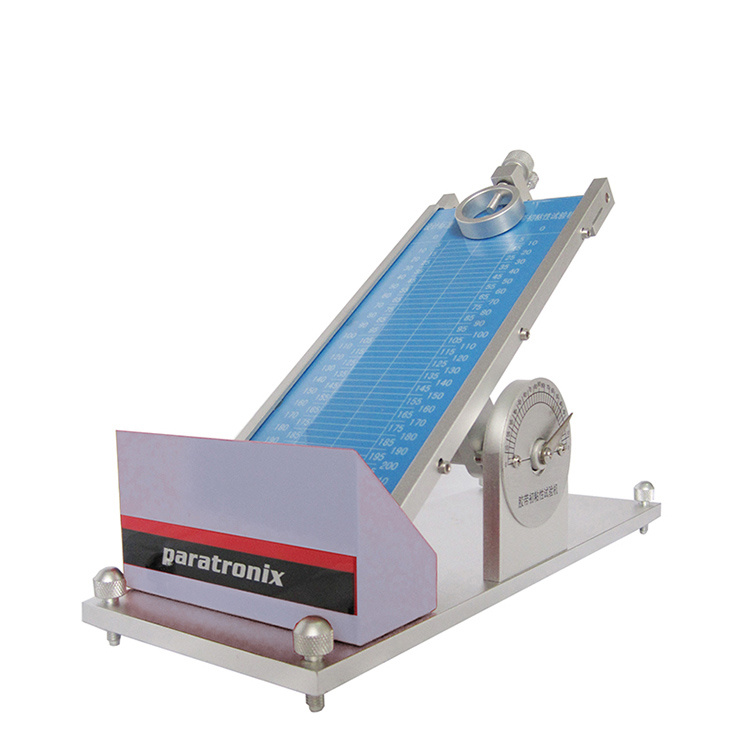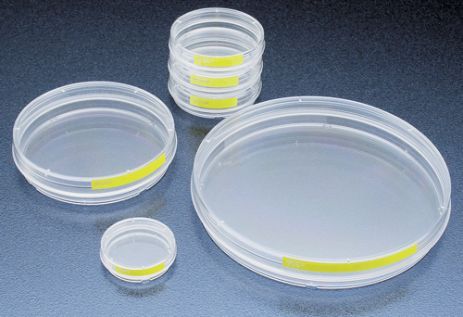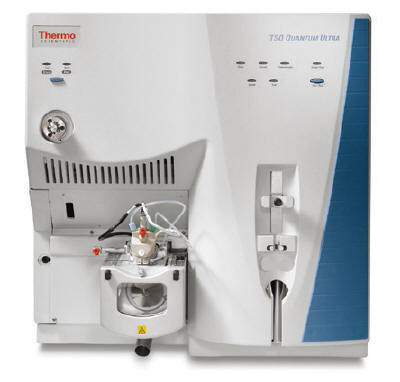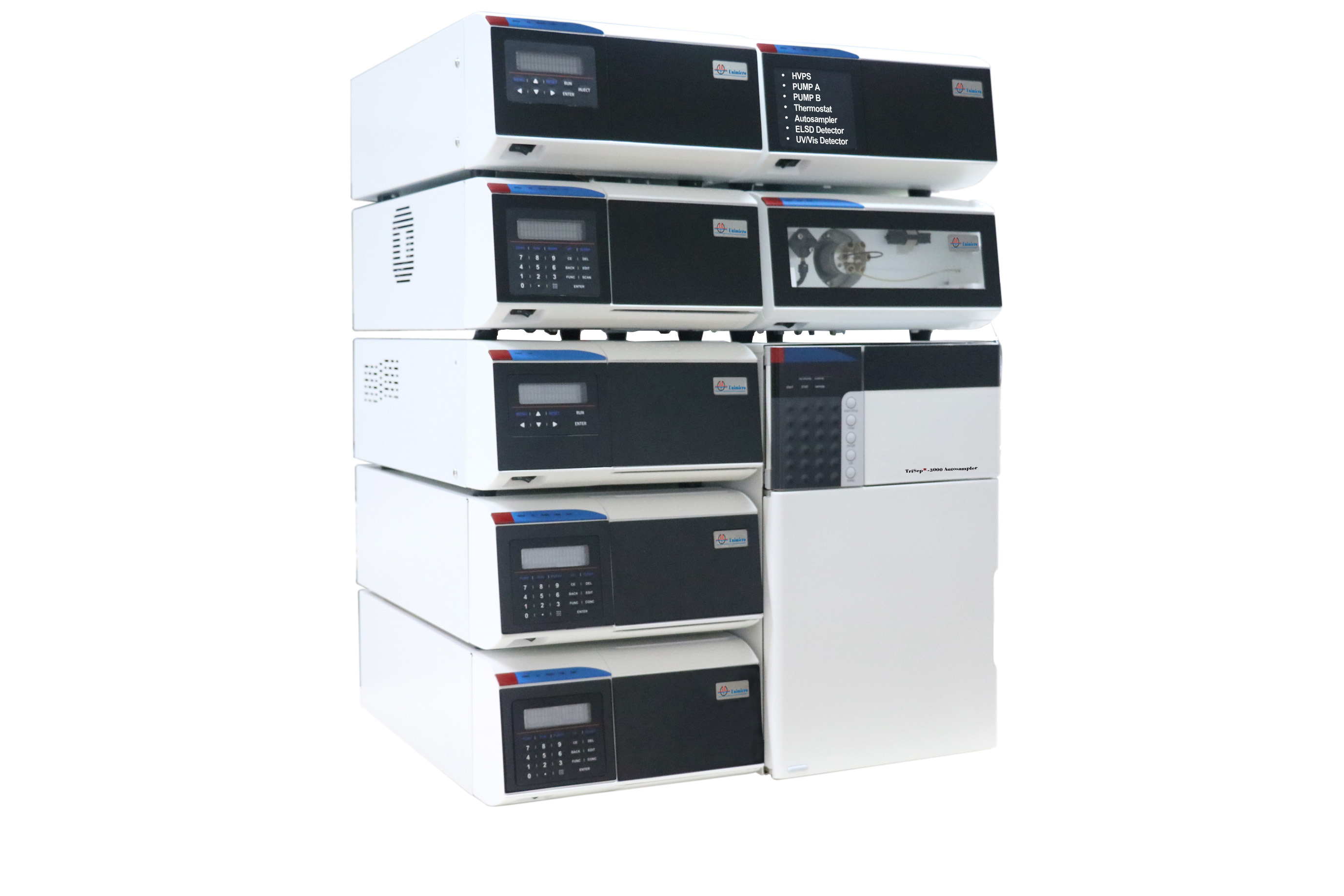落到倾斜箔片上的液体薄膜流动的时间空间分辨热传导过程的实验研究
This paper describes the development of an experimental technique that combines simultaneous planarlaser-induced fluorescence (PLIF) and infrared (IR) thermography imaging, and its application to the measurementof unsteady and conjugate heat-transfer in harmonically forced, thin liquid-film flows fallingunder the action of gravity over an inclined electrically heated-foil substrate. Quantitative, spatiotemporallyresolved and simultaneously conducted measurements are reported of the film thickness, filmfree-surface temperature, solid–liquid substrate interface temperature, and local/instantaneous heat fluxexchanged with the heated substrate. Based on this information, local and instantaneous heat-transfercoefficients (HTCs) are recovered. Results concerning the local and instantaneous HTC and how this iscorrelated with the local and instantaneous film thickness suggest considerable heat-transfer enhancementrelative to steady-flow predictions in the thinner film regions. This behaviour is attributed to anumber of unsteady/mixing transport processes within the wavy films that are not captured by laminar,steady-flow analysis. The Nusselt number Nu increases with the Reynolds number Re at low Re valuesthe mean Nu number corresponds to 2.5, in agreement with the steady-flow theory, while at higherRe, both the Nu number and the HTC exhibit significantly enhanced values. Evidence that the HTCbecomes decoupled from the film thickness for the upper range of observed film thicknesses is also presented.Finally, smaller film thickness fluctuation intensities were associated with higher HTC fluctuationintensities, while the amplitude of the wall temperature fluctuations was almost proportional to theamplitude of the HTC fluctuations.
